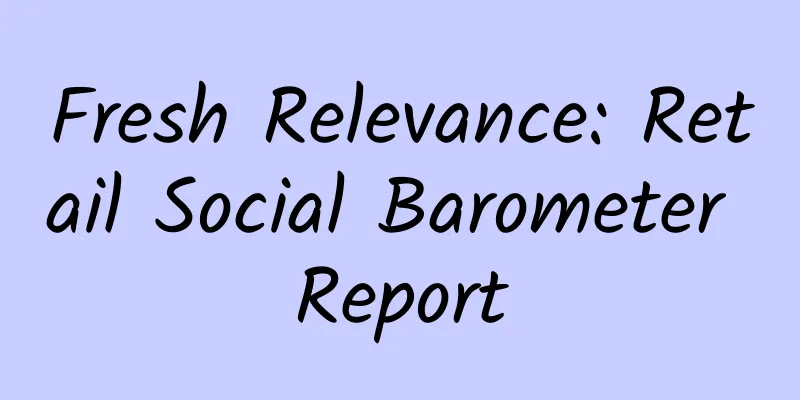What causes bleeding during pregnancy?

|
Fertile bleeding is what we usually call ovulation bleeding. After ovulation, the endometrium cannot grow anymore, resulting in local shedding and bleeding. If the amount of bleeding is not much and the duration is not long, there is no need to treat it. Generally, it will be cured. If the amount of bleeding is heavy, you need to go to the hospital for treatment. We can improve the situation by adjusting our diet, eating more soy products, such as soy milk, and paying more attention to rest. A woman's ovulation date is generally about 14 days before the next menstrual period. To be on the safe side, we call the 5 days before and 4 days after ovulation, together with the ovulation day, a total of 10 days, the ovulation period. The rest of the time except the menstrual period is called the safe period. Why do many women bleed during ovulation? Ovulation bleeding, also known as mid-menstrual bleeding, refers to a small amount of bleeding between two normal menstrual periods, which may be accompanied by varying degrees of lower abdominal pain. Clinical manifestations are as follows: 1. Uterine bleeding. During the menstrual cycle with ovulation, ovulation uterine bleeding occurs. The amount of bleeding is small, and some are only brown secretions. It usually stops on its own in 2-3 days, and the longest time is 7 days.2. Abdominal pain. Cyclic intermenstrual pain can be mild or severe and usually lasts for several hours, but in some patients it may last for 2-3 days. The bleeding during the fertile period you mentioned should be the bleeding during ovulation. Ovulation occurs on the 14th day before the next menstrual period. After five days before ovulation, four days are the dangerous period, which is what you call the fertile period. Ovulation bleeding is caused by a decrease in estrogen secretion in the body. After the follicle ruptures and is discharged, the body's estrogen secretion decreases, the endometrium loses the support of estrogen, and a small amount of shedding occurs. There will be a small amount of bleeding. In this case, drug treatment is generally not required. The condition can usually be improved by adjusting your diet and getting regular rest. Eat more bean products in your diet. For example, drink more soy milk. Take regular breaks and don't stay up late. It can generally be improved. If there is no improvement, you need to go to the hospital to check six sex hormones. If there are changes in the six hormone levels, estrogen supplementation and drug treatment can be appropriate. |
<<: What causes acne on the breast
>>: How to make bangs grow faster
Recommend
Wrinkles on woman's face
It is very easy for women to get wrinkles on thei...
How to do postoperative care for ectopic pregnancy?
Ectopic pregnancy, which we often call "ecto...
Is there no handling fee for ticket refunds during the 2020 Spring Festival? When will the waiver of ticket refund fees begin?
After the official announcement of the free refun...
When is the best time for postpartum fumigation?
Many mothers are very weak after giving birth. In...
Treatment of fibrocystic breast cancer
For the disease of fibrocystic breast hyperplasia...
Is nipple and areola cracking caused by incorrect breastfeeding posture?
Because the breasts are not cleaned properly duri...
Rubbing 8 parts of your body can help your brain and fight aging
Every woman is afraid of getting old. If you want...
Can I eat wolfberry leaves when I am pregnant?
Lycium barbarum leaf is a common herbal plant in ...
Do you need to rest during early pregnancy?
Pregnancy is a special time, especially in the ea...
What are the treatments for postpartum constipation?
Constipation is a very common problem. When this ...
Can I take Wuji Baifeng Pills after medical abortion?
Due to various reasons, women may have miscarriag...
Why does my menstrual discharge have stringy texture?
Leucorrhea is a secretion from the female body. U...
How often should breast hyperplasia be checked?
Breast hyperplasia can have a great impact on the...
What should I do if I find an ovarian cyst after pregnancy? Women, watch out.
Many women do not go for physical examinations on...









